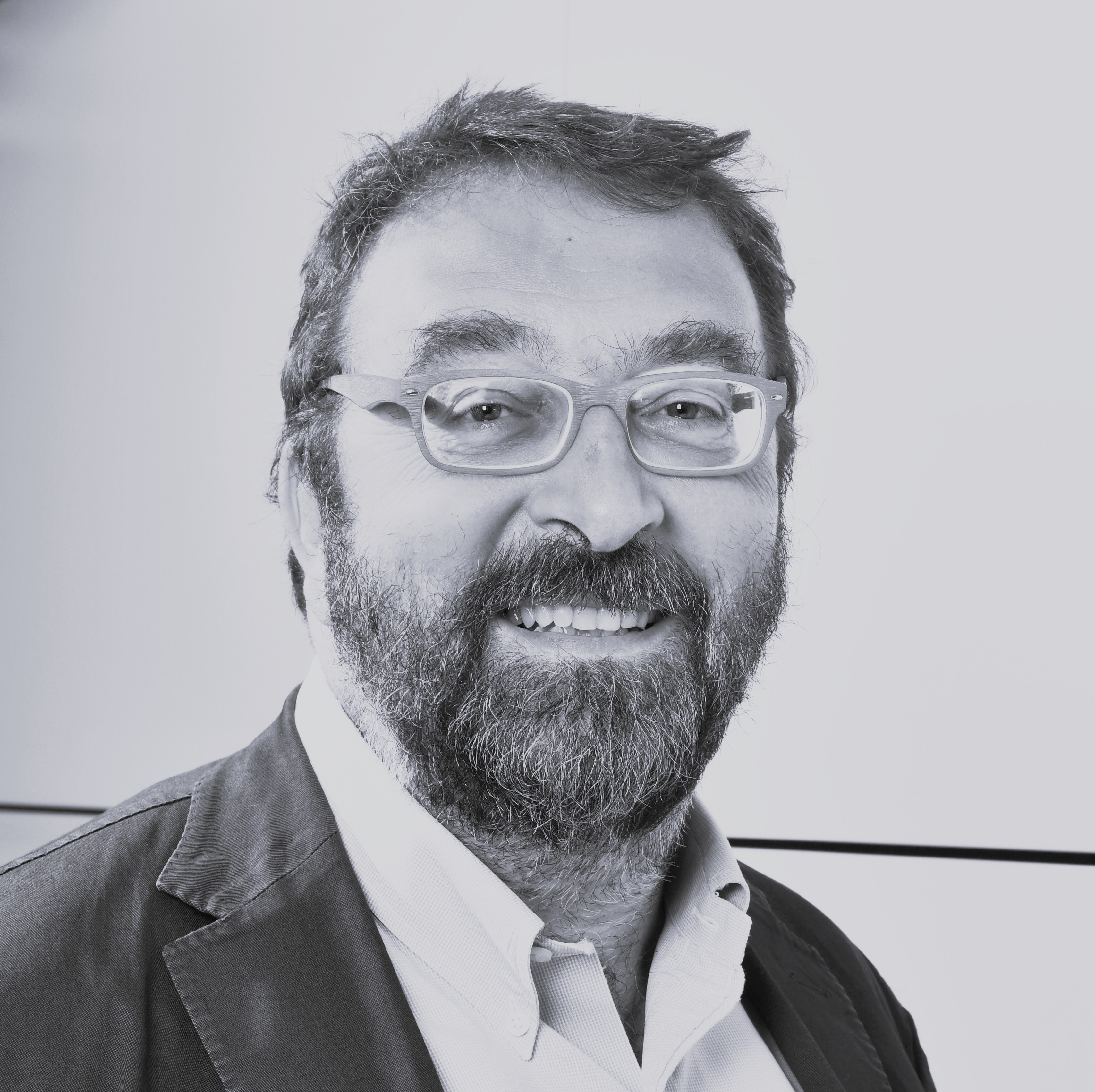Dick’s genius is now, more than ever, alive and real in the mind of millions of people. The world we saw on the big screen, the one where Rick Deckard, played by an unforgettable Harrison Ford, operated, that Los Angeles of November 2019 (incredibly we are just two years off), was “true,” credible, real, and possible. This was, perhaps, the first time that the cinema managed to propose a plausible version of our future, which was not sweetened, or anaesthetised, idealist, or cleansed by marvellous technologies. This version was undoubtedly dystopic, gloomy, worrying, and distressing.
In a few months, as many fans will already know, the first film’s sequel, Blade Runner 2049, will be released. The director is the talented French-Canadian, Denis Villeneuve, while Ridley Scott is the producer. Harrison Ford is back in the role of Deckard, while Ryan Gosling has the starring role as new replicant hunter, “Officer K.” For now, we know very little about the story, plot and setting. However, the trailers reveal that, thirty years on, the state of the planet’s health has gotten worse. Instead of an overcrowded, chaotic Los Angeles, we find a city which has mostly become uninhabited and is in ruins. For those who have read the original, the degradation and decay is more similar to the situation which Philip K. Dick describes, where the consequences of World War Terminus, fought to the sound of atomic bombs, have hugely reduced the human population, and made a horse or a cow a priceless asset and symbol of wealth.
However, Blade Runner 2049 presents us with something more modern and terribly contemporary, and worrying. As director Denis Villeneuve said: the film unravels in a world where “the climate has gone berserk – the ocean, the rain, the snow is all toxic.” We do not know much more. In due time, we shall see if the sequel keeps its promises. If it chooses nature’s gradual death, like “Interstellar,” or an alternative scenario.
It will not be easy for the sequel to reproduce a monolithic, integrated, but credible dystopic vision of the world, as the 1982 managed to: a distressing, worrying atmosphere, where it is clear that corporate power has no limits, where the police are omnipresent and have absolute powers over the public’s and their android copies’ lives, a world where men and animals can be controlled by biomedical and mental implants, which are even capable of constructing artificial memories. The 2019 world, Ridley Scott said, was inspired by some nocturnal Edward Hopper paintings, cartoons by French artist Moebius, and the industrial landscape of Northern England, as well as the fantastic, imaginary architectures of Italian futurist Antonio Sant’Elia.
In the kinematic universe of Blade Runner, the leading and supporting characters act within an environmental catastrophe. It is not clear whether it is only imminent or it has already come to pass. They experience continuous, freak, perhaps acid rainfalls and no sun. Natural, animal life has probably been completely wiped out, and replaced with cloned, engineered gadgets. There are mysterious blazes symbolising energy sources which are by no means “clean.” People hate this world so much that they escape at any cost emigrating to the off-world colonies. These space colonies are so terrible and horrendous that their rulers are obliged to let relentless propaganda loose on the oppressed masses of this denaturalised earth. Fear and desperation, apathy and alienation reign. It is what we could define a future-less future.
And what scares us most, as citizens of 2017, is that this nightmare is too similar to our own reality. Taking the leap from the life which we live, to this life which is only imagined by a handful of great artists, requires no sudden, drastic change. The future depicted in Blade Runner is, rather, the one which awaits us if we continue in this direction.
P. K. Dick, Do Androids Dream of Electric Sheep?, New american library 1969


